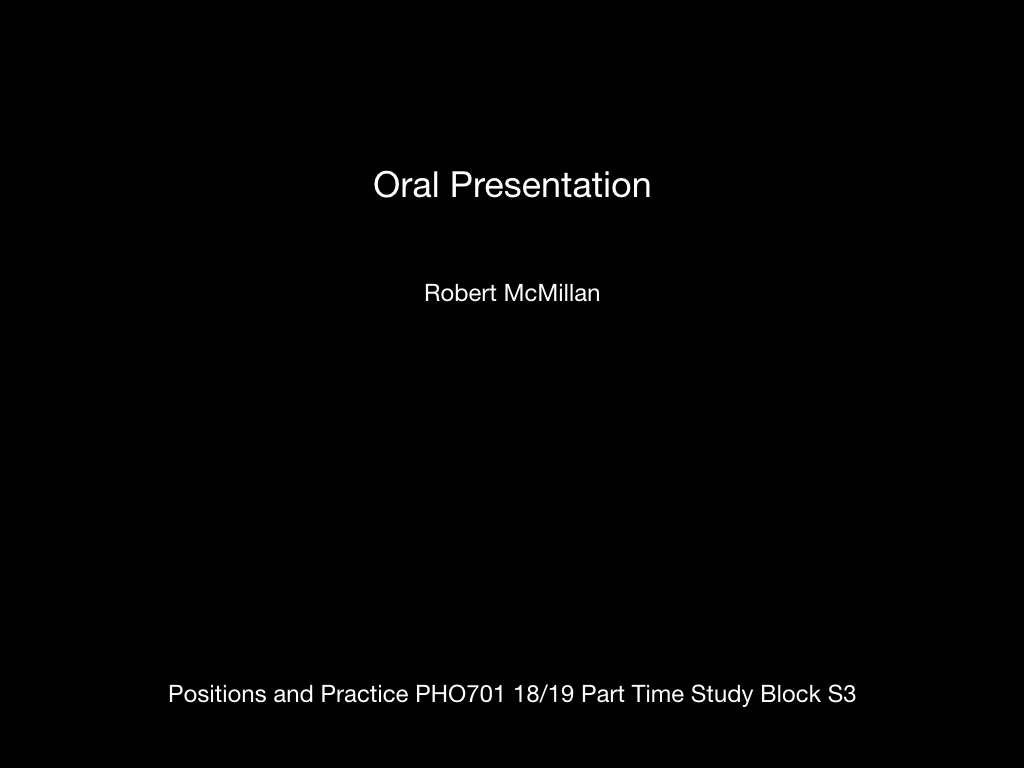Recently and encouraged by my first term in the MA, I decided to rediscover the joys of film photography. When I first started photography, digital was not an option, so I mainly used a 35mm film camera. In my case, it was a Nikon FE2, a camera that I used for about fifteen years. The joy of analogue photography is that the technology moved on at a slower pace. The need to catch up with the latest and greatest camera, apart from improved metering or faster shutter speeds, technology-wise, there wasn't much that could be improved. This lack of advancing camera technology determined that most people just concentrated on photography and the image. The process of taking a picture with the film was much slower, even with a point and shoot camera. Also, the cost of the film meant most users would be more careful about the subject they photographed. One of the considerations I made when buying a film camera was to develop my film at home. Doing this helped reduce the cost of the process and allowed me to experiment with different developing techniques. Initially the set up is quite expensive as a professional film scanner also has to be added to the mix. Some will question why bother to use film when it is digitised at the end of the process? I would suggest three things; one is how using film slows you down, you are more considered about the subject and careful not to make mistakes. The second is the magic of seeing your images appear after the developing process and the third is the look of the pictures. The analogue 'look' that digital photography can never entirely reproduce.
Hasselblad 501CM





